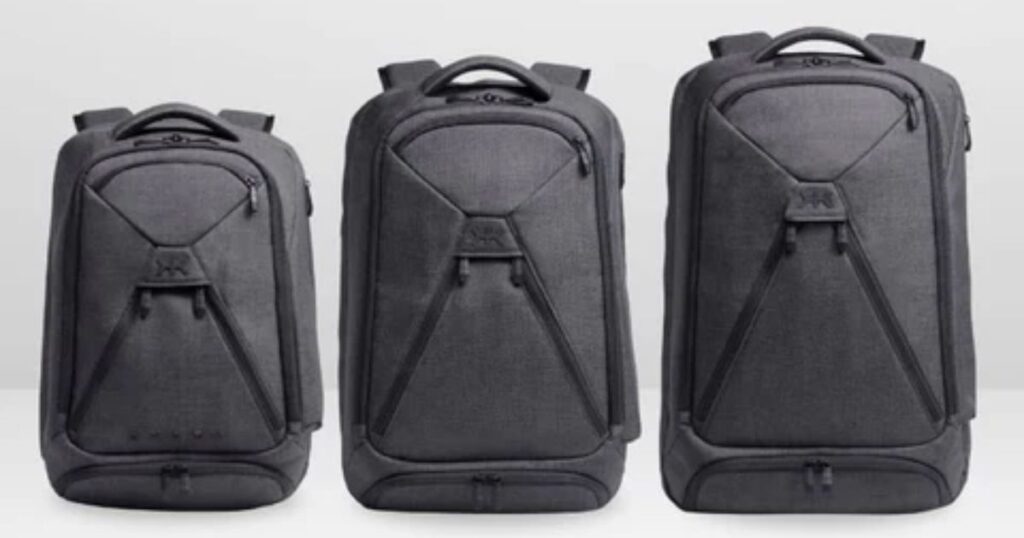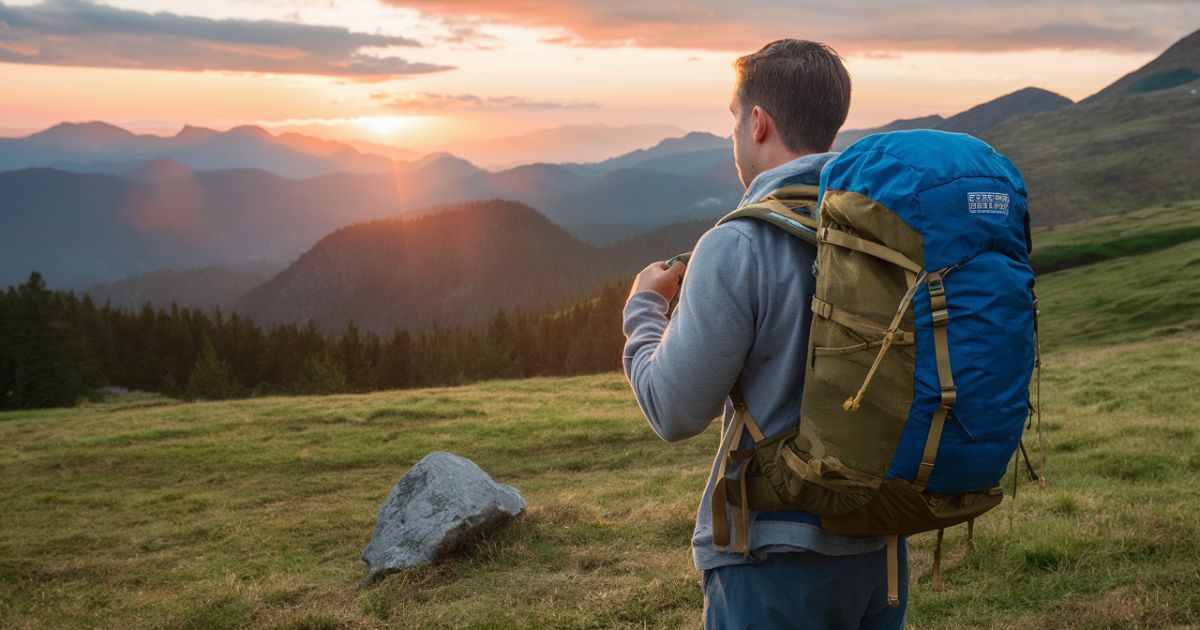Are you always second-guessing what backpack size to get for your next adventure? This ultimate guide has you covered! Understanding backpack sizes in liters is crucial for finding the perfect fit for all your travels and daily needs. But before we dive in, let’s look at why nailing your backpack size matters.
Why Backpack Size is So Important
Choosing the right backpack size ensures you can comfortably carry everything you need without overpacking. An undersized bag leads to painful discomfort from improper load distribution. Too large and you’ll be lugging around unnecessary weight.
Having the properly sized backpack also keeps you within airline carry-on restrictions. Nobody wants a surprise oversized baggage fee! I’m sure we’ve all experienced that dreadful feeling of having to frantically repack at the gate.
How Backpack Sizes are Measured (The Confusing Part!)
This is where things get tricky. Backpack sizes are typically measured in liters or cubic inches, but there’s no true standardization across brands.
Most reputable companies follow the ASTM standard method, calculated by:
- Filling the backpack completely with small plastic balls
- Dumping those balls into a calibrated cylinder
- Measuring the total volume occupied
However, some brands also include the capacity of exterior pockets and compartments in their stated liter size. This can be misleading since those areas don’t really function as main storage.
| Measurement Method | Description | Brands |
|---|---|---|
| ASTM Standard | Only measures main compartments | Knack Bags, Tortuga, Cotopaxi |
| Include Exterior | Counts all pockets/compartments | The North Face, JanSport, High Sierra |
Backpack Size Conversion: Liters to Cubic Inches
To convert between liters and cubic inches:
- 1 liter = 61 cubic inches
- 20 liters = 1,220 cubic inches
- 40 liters = 2,440 cubic inches
Common Backpack Size Ranges for Different Activities
But what do those liter numbers really mean in terms of capacity? Here’s a handy “t-shirt rule” for visualizing it:
A rolled up men’s cotton t-shirt takes up about 1 liter of space
Using that model, these are some common backpack size ranges for different activities:
15-25 Liters: Great for day hikes, everyday use, quick overnighters
Example: Knack Series Small Backpack – 15L-24L
25-40 Liters: Ideal for weekend/overnight trips, carrying a laptop
Example: Standard Backpack Size – 27L-39L
40-55 Liters: Recommended for extended travel, bulkier items Example: Knack Series Large Backpack – 38L-48L
“This Medium Knack Pack is the perfect carry-on companion. I can fit everything I need for a long weekend — clothes, toiletries, laptop, you name it!” – Julie H., Seattle
Quick Tip: Most US airlines restrict carry-on bags to 45 liters or less. Don’t go over this or you’ll be forced to check your bag.
The One Backpack Solution: Expandable Backpacks
Of course, the ultimate bag is one that can adapt to any capacity need. Expandable backpacks like the Knack Pack line allow you to have it all in one versatile package.
Their smart design lets you zip open an extra compartment to increase the bag’s volume from a slim daily pack to a full-fledged travel bag. Ranging from 15L to 48L expanded, you’ve got the flexibility to fit anything from a quick errand to a week-long getaway.
Read Also More: The Best Size Backpack for Your Travel Adventures
Bonus Tips for Choosing Your Perfect Backpack

Even with the right capacity, not all backpacks will be an ideal fit. Here are some additional tips to ensure your pack is the whole package:
Torso Length: Make sure to get a backpack sized for your torso. Wearing one too long or short can cause discomfort.
Comfort Features: Prioritize thick, cushioned shoulder straps, a molded back panel, and a hip belt for heavy loads.
Organization: Look for pockets, compartments, and accessibility that fits your organizational needs.
Materials/Durability: For travel, opt for a tough yet lightweight material like ballistic nylon. Water resistance is a plus.
Weight: Ultralight backpacks made from Dyneema composite fabrics are becoming popular but can be pricier.
The Bottom Line
At the end of the trail, don’t get too hung up on backpack liter capacities since measurement methods vary across brands. Use the general size ranges as a starting guideline, but focus on finding an ergonomic, comfortable, and multi-functional pack suited to your activities.
By keeping the “t-shirt rule of thumb” in mind and considering add-ons like expansion zippers, you’ll be able to snag a backpack with the perfect capacity. One that has enough space for your gear without any unnecessary bulkiness.
Ready to level up your pack game? Check out Knack’s innovative expandable backpack collection — they might just be the awesome, right-sized bag you’ve been searching for.











